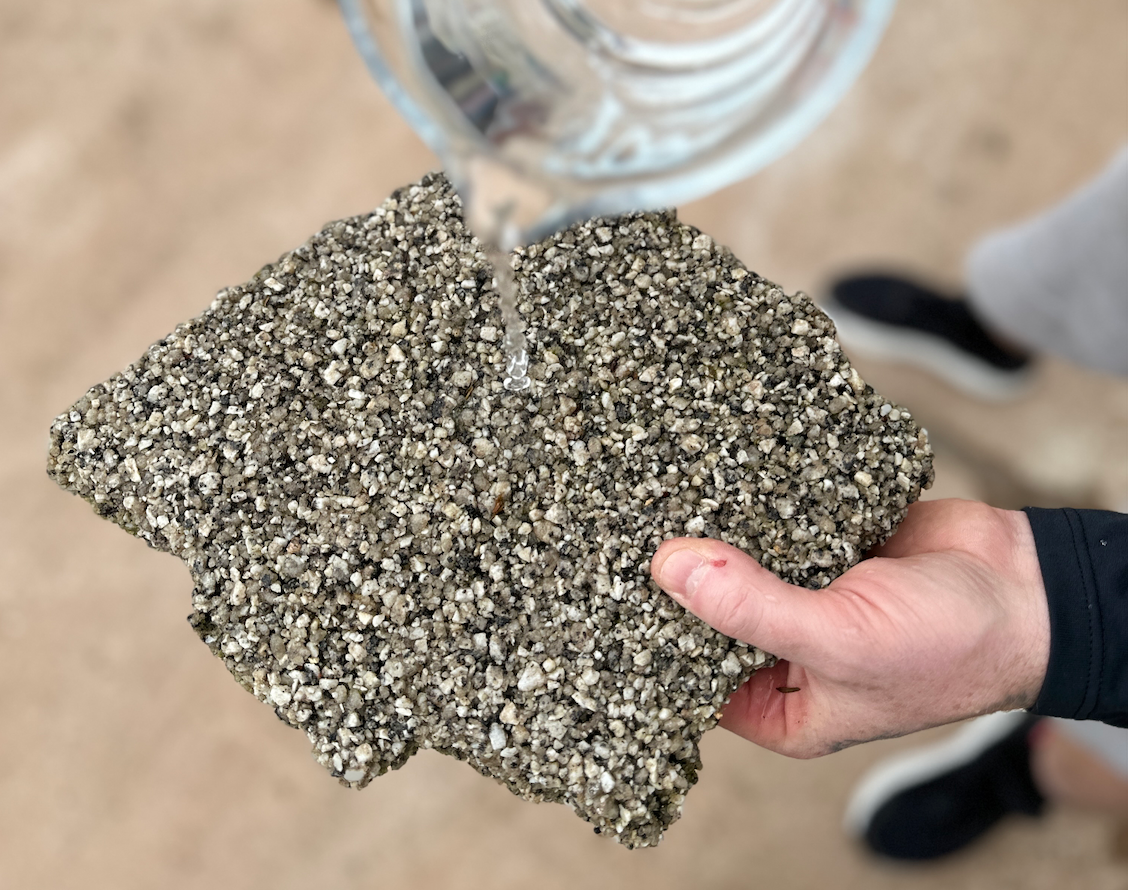In today’s environmentally conscious world, sustainable building practices are more than just a trend—they're a crucial part of our collective efforts to mitigate climate change and protect our planet. One such practice that’s gaining attention is the use of permeable hardscapes. These innovative solutions not only enhance the aesthetics of outdoor spaces but also play a vital role in sustainable urban development. Here’s an in-depth look at why permeable hardscapes are making waves in the industry.
What Are Permeable Hardscapes?
Permeable hardscapes are surfaces that allow water to pass through them, rather than run off. This can include paving materials like permeable concrete, porous asphalt, and interlocking pavers, as well as natural solutions like gravel and crushed stone. These materials are used in driveways, walkways, patios, and other outdoor areas to create functional, visually appealing spaces that also contribute to environmental sustainability.
The Environmental Benefits
The environmental benefits of permeable hardscapes are significant. By allowing rainwater to filter through the ground, these surfaces help recharge groundwater supplies and reduce stormwater runoff, which can carry pollutants into rivers, lakes, and oceans. This natural filtration process helps improve water quality while also preventing erosion and reducing the risk of flooding—a growing concern in many urban areas due to climate change.
Enhancing Urban Spaces
Permeable hardscapes offer an opportunity to enhance urban spaces aesthetically and functionally. They can be designed in a variety of patterns and colors, offering a wide range of possibilities for customization. Furthermore, they contribute to creating cooler urban environments by mitigating the "heat island" effect, which is caused by traditional impermeable surfaces absorbing and radiating heat.
Implementation Challenges and Solutions
Despite their benefits, the implementation of permeable hardscapes can face challenges, including higher upfront costs and concerns about durability and maintenance. However, advancements in materials and installation techniques are addressing these issues, making permeable hardscapes more accessible and easier to maintain. Moreover, many municipalities are beginning to offer incentives for their use, recognizing the long-term environmental and economic benefits.
A Call to Action for Sustainable Development
The shift towards permeable hardscapes is part of a broader movement towards sustainable development. It requires not just the adoption of new materials and methods but also a change in mindset among builders, planners, and homeowners. By choosing permeable hardscapes, we can all contribute to creating more sustainable, resilient communities.
The Role of Education and Training
As the demand for sustainable building solutions grows, so does the need for education and training in the latest materials and techniques. Programs and courses focused on sustainable building practices, including the use of permeable hardscapes, are essential for equipping industry professionals with the knowledge and skills they need to lead this change.
Wrap-up
Permeable hardscapes represent a promising solution to some of today's most pressing environmental challenges. By integrating these sustainable practices into our building projects, we can enhance the beauty and functionality of our spaces while also contributing to the health of our planet. As we continue to explore and innovate within the realm of sustainable building, permeable hardscapes will undoubtedly play a key role in shaping the future of our urban environments.



Share:
Discover Resin Aggregate in Nokomis: Enhance Your Surfaces
Revitalize Surfaces: Concrete Overlay in Florida